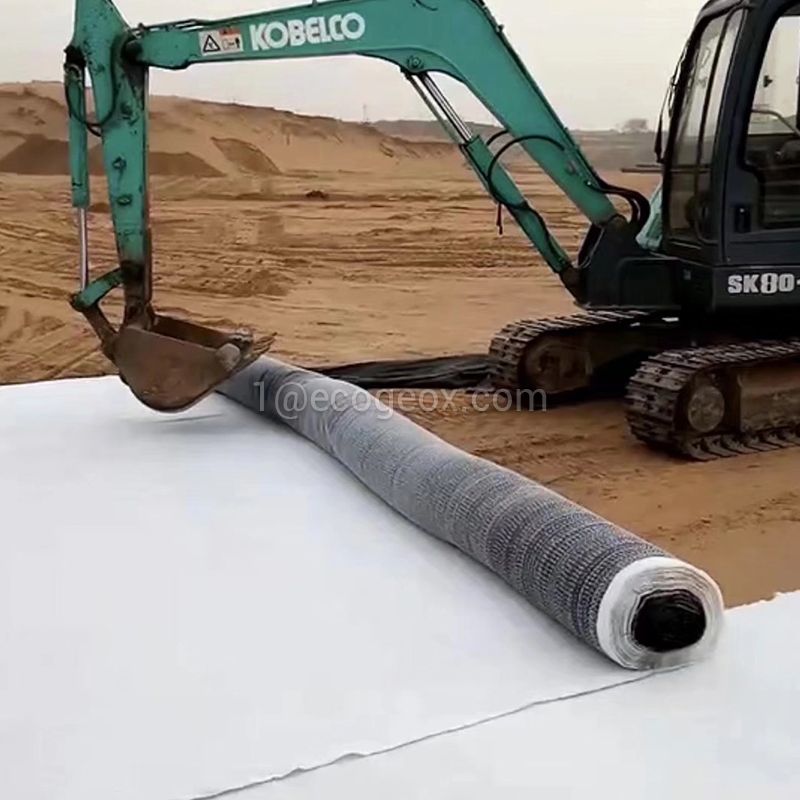Environmental Impact of Geosynthetics Clay Liner
We believe in promoting environmentally friendly solutions in all aspects of our work. Geosynthetics Clay Liner (GCL) has gained significant attention in various industries due to its versatile applications in environmental containment systems. However, it's crucial to evaluate its environmental impact comprehensively to determine its sustainability.
What is Geosynthetics Clay Liner?
Geosynthetics Clay Liner (GCL) is a geocomposite material used primarily in containment applications such as landfills, mining, and wastewater treatment facilities. It consists of layers of geosynthetic material sandwiching a layer of low-permeability natural sodium bentonite clay.

Environmental Benefits of Geosynthetics Clay Liner
1. Reduced Resource Consumption
GCL offers a sustainable alternative to traditional containment methods, such as compacted clay liners or synthetic liners. By utilizing bentonite clay, a naturally occurring material, GCL reduces the need for extracting and transporting virgin materials, thus minimizing resource consumption.
2. Containment of Contaminants
One of the primary purposes of GCL is to create impermeable barriers to prevent the migration of contaminants into the surrounding environment. By effectively containing pollutants, GCL contributes to preserving soil and groundwater quality, thereby safeguarding ecosystems and public health.
3. Longevity and Durability
Geosynthetics Clay Liner exhibits exceptional durability and resistance to environmental factors such as UV radiation, chemical degradation, and mechanical stresses. Its long service life minimizes the need for frequent replacements, reducing overall environmental impact and lifecycle costs.
Evaluating Environmental Concerns
While GCL offers several environmental benefits, it's essential to address potential concerns to ensure responsible usage and mitigate negative impacts.
1. Manufacturing Processes
The production of geosynthetic materials, including GCL, involves energy-intensive processes that may contribute to carbon emissions and resource depletion. However, advancements in manufacturing technologies have led to more sustainable practices, such as utilizing recycled materials and optimizing production efficiency.
2. End-of-Life Disposal
Proper disposal of GCL at the end of its service life is critical to prevent environmental contamination. While GCL itself is inert and non-toxic, it may contain traces of contaminants absorbed during its operational lifespan. Implementing recycling or repurposing initiatives can minimize the environmental footprint associated with disposal.
3. Maintenance Practices
Regular inspection and maintenance of GCL installations are essential to ensure continued effectiveness and prevent potential environmental hazards. Monitoring for signs of damage, erosion, or punctures enables prompt remediation actions, preserving the integrity of containment systems and minimizing environmental risks.
Conclusion
At EcoGeoX we recognize the importance of integrating sustainability into every aspect of our operations. Geosynthetics Clay Liner offers a viable solution for environmental containment applications, combining effectiveness with environmental responsibility. By evaluating its environmental impact and implementing best practices, we can harness the benefits of GCL while minimizing its ecological footprint.
- Previous: None
- Next: None

